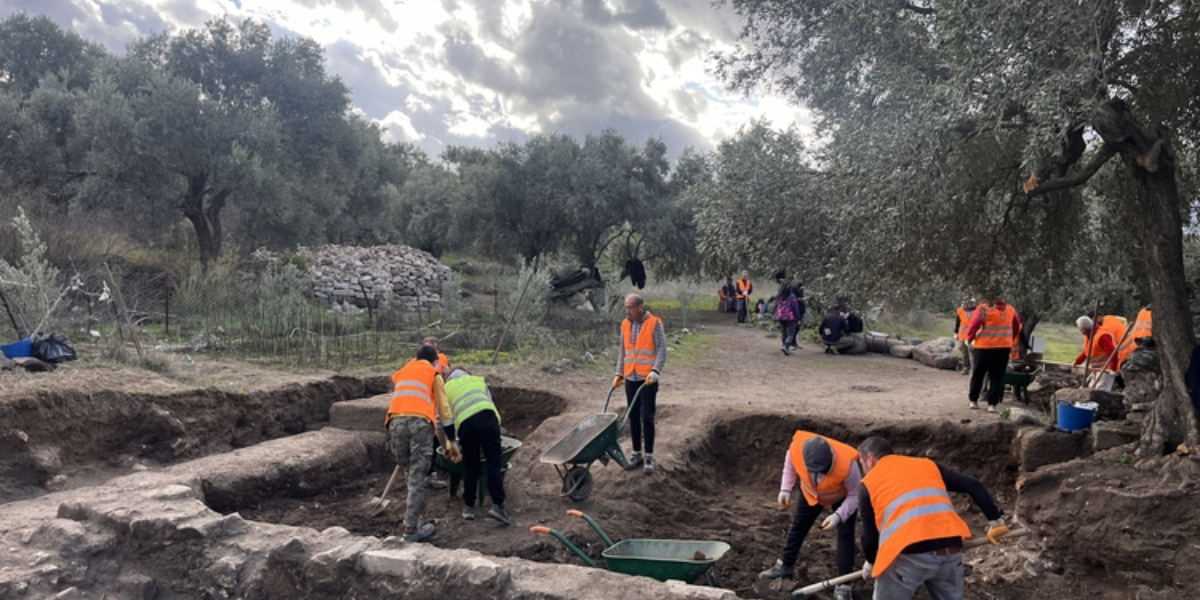
Some artifacts uncovered in the Heraclea excavations revealed 2000-year-old paw prints
In the excavations of the ancient city of Heraclea, one of the important settlements in the Caria region established in the 5th century BC, some artifacts revealed 2000-year-old paw prints.
Heraclea is located within the borders of Kapıkırı village in the Milas district of Muğla province in present-day Türkiye. The city, which once had a coastline along the Latmos Gulf, an extension of the Aegean Sea, is now situated on the shores of Lake Bafa.
Excavations at the ancient city are ongoing for 12 uninterrupted months under the scientific consultancy of Prof. Dr. Zeliha Gider Büyüközer.
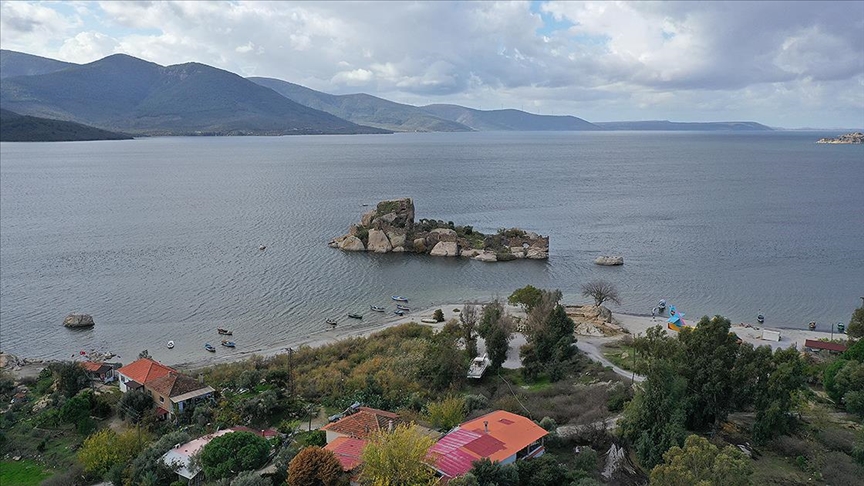
The excavation team has uncovered figurative mosaics, oil lamps, bricks with paw prints, and graves containing animal skeletons buried alongside humans, all of which demonstrate the love for animals and nature of the people who lived in Heraclea 2,000 years ago.
The head of the Latmos and Heraclea excavation, Prof. Dr. Zeliha Gider Büyüközer, stated to an Anadolu Agency reporter that the geological history of Heraclea and the surrounding Latmos region, spanning 500 million years, along with its natural landscape, is extraordinary.
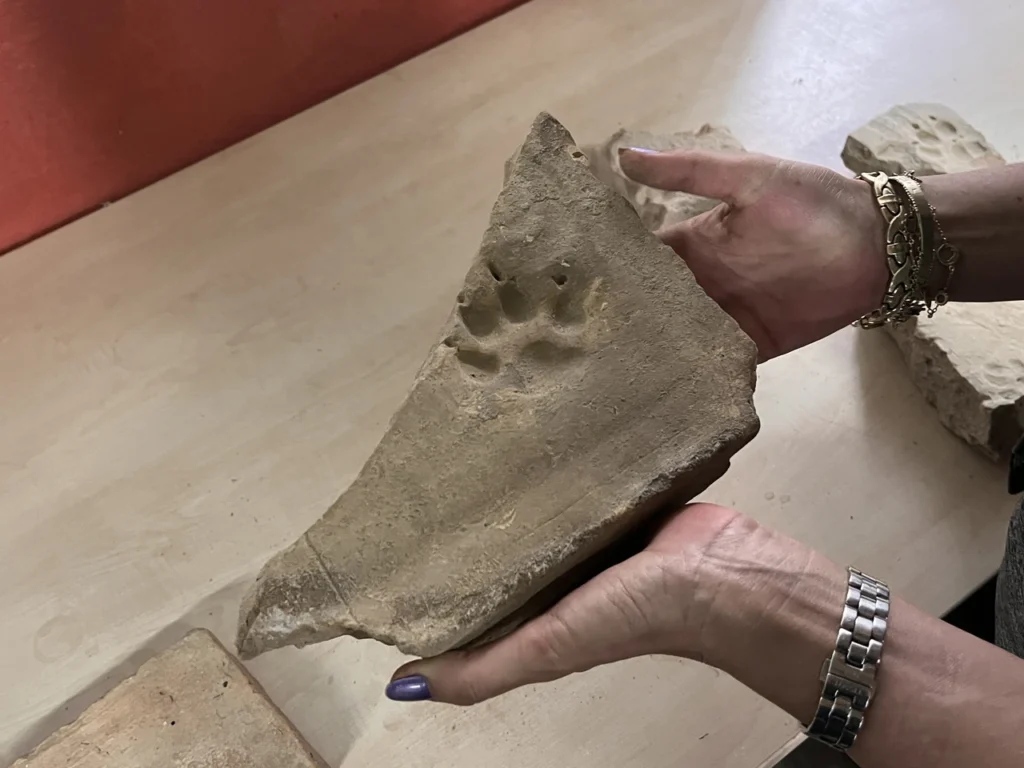
Büyüközer expressed that the people of Heraclea made extremely efficient use of nature without destroying it while constructing their buildings. She said, “Archaeological excavations show that the people of Heraclea lived in harmony with nature, considered animals an integral part of their lives, and expressed this love through art and rituals. This ancient community, which incorporated natural solid rocks into their buildings, also constructed durable structures in harmony with the environment. These buildings in the ancient city are the greatest evidence of a life lived in harmony with nature.”
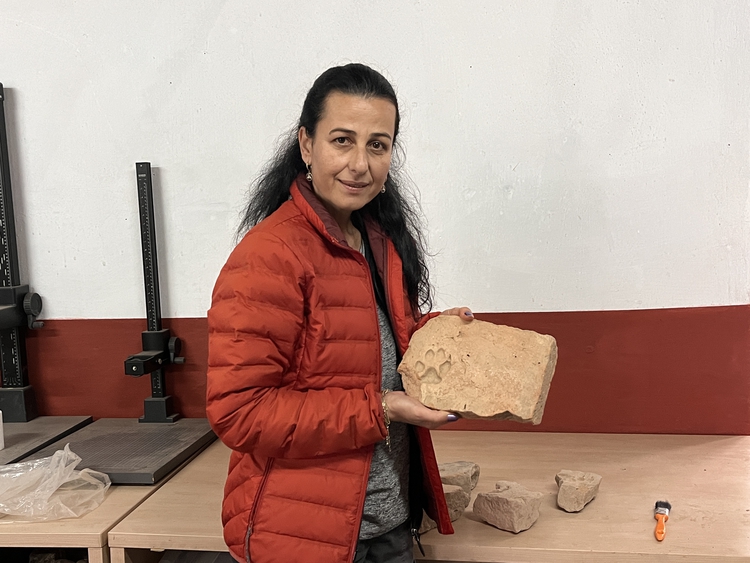
Buried alongside their dogs
Büyüközer mentioned that in the 2022 excavations in Heraclea, they discovered a dog buried next to a human in the cemetery near the southern Hellenistic tower. “This reflects the importance that the people of Heraclea placed on their pets. The preference of individuals to be buried alongside their dogs in the afterlife shows how valuable these animals were and how strong the bond they had with them was. We also found many paw prints belonging to dogs on the tiles in the Roman bath during the excavations,” she stated.
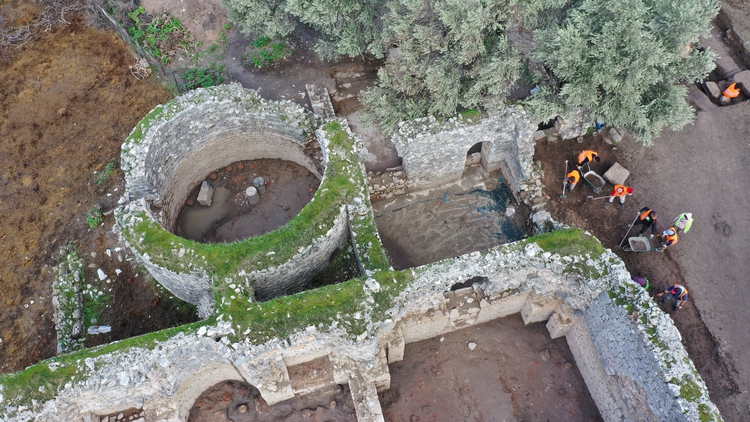
Büyüközer explained that the approximately 2,000-year-old paw prints were formed when pets stepped on the bricks while they were laid out in the open to dry in the sun after being cast in molds. She noted that these paw prints prove how much the people of Heraclea loved animals and lived closely with them.
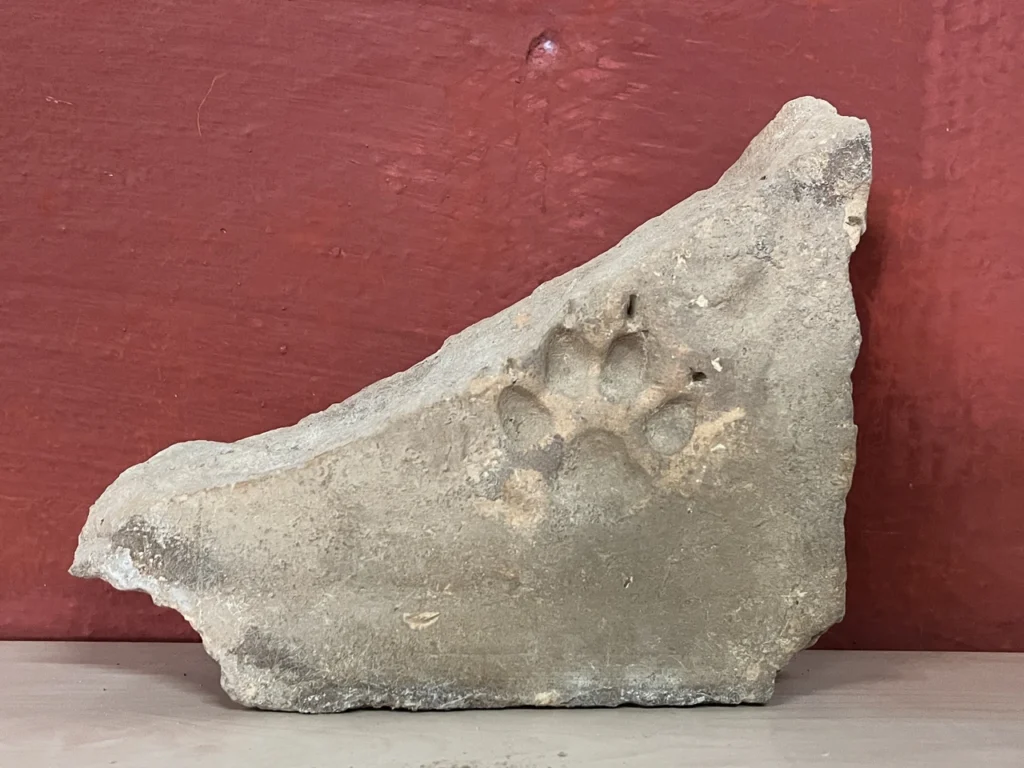
She highlighted that the mosaics uncovered in historical structures featured various animal figures, saying, “The visuals obtained from the excavations further emphasize how well the people of Heraclea knew the animals around them and their interest in them. The ceramics and oil lamps, which frequently feature vegetal decorations and animal figures, are another important finding that demonstrates this community’s love for nature and animals. It is evident that the people of Heraclea not only viewed the nature and animals they lived with as part of their living space but also adorned them with art.”
Cover Photo: Volkan Yıldız
You may also like
- A 1700-year-old statue of Pan unearthed during the excavations at Polyeuktos in İstanbul
- The granary was found in the ancient city of Sebaste, founded by the first Roman emperor Augustus
- Donalar Kale Kapı Rock Tomb or Donalar Rock Tomb
- Theater emerges as works continue in ancient city of Perinthos
- Urartian King Argishti’s bronze shield revealed the name of an unknown country
- The religious center of Lycia, the ancient city of Letoon
- Who were the Luwians?
- A new study brings a fresh perspective on the Anatolian origin of the Indo-European languages
- Perhaps the oldest thermal treatment center in the world, which has been in continuous use for 2000 years -Basilica Therma Roman Bath or King’s Daughter-
- The largest synagogue of the ancient world, located in the ancient city of Sardis, is being restored











Leave a Reply